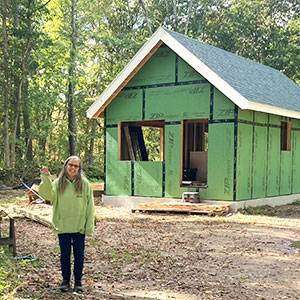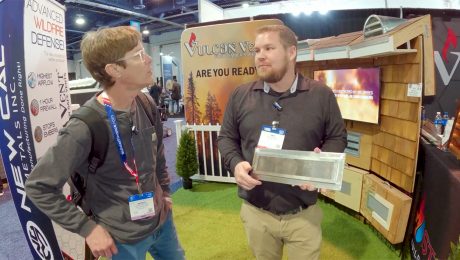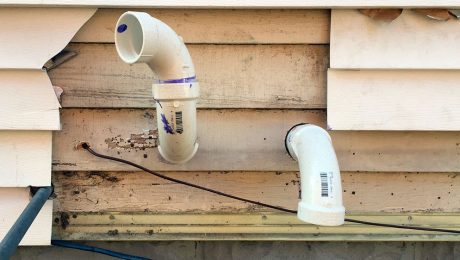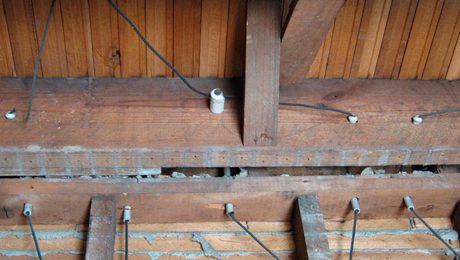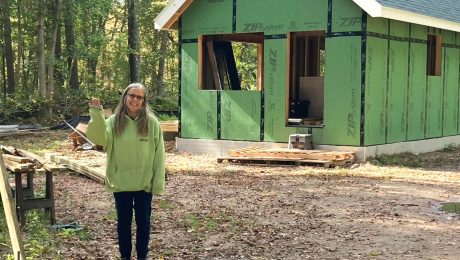Deadly Dust
Crystalline silica is a basic and dangerous component of most masonry materials, and few people know about it
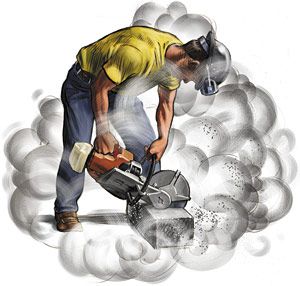
One of the most common minerals on earth is responsible for at least 300 deaths and thousands of debilitating illnesses every year, and hardly anybody knows about it. Crystalline silica is the basic component of sand, quartz and granite. It can be found in varying concentrations within most of the masonry materials used in construction.
Drilling, cutting or grinding concrete or other masonry products can release fine particles of silica dust that, when inhaled, become trapped in the lungs. Prolonged exposure to silica is linked to lung cancer and silicosis, an incurable buildup of fibrous lung tissue.
Construction workers most at risk include sandblasters, demolition workers, heavy-equipment operators, concrete workers, brick masons and tilesetters. Drywall finishers are also at risk because joint compound often contains silica. Once dust is stirred up, however, everyone on the job site is affected. Actions that release airborne silica dust can be as simple as sweeping a floor or drilling a few holes for anchor bolts. Among the worst offenders are dry-cutting chopsaws and angle grinders.
According to the National Institute for Occupational Safety and Health (NIOSH), respirators and disposable clothing can protect individuals, but the best way to minimize exposure to silica is to keep dust out of the air:
- Wet down dry materials before working with them.
- Use wet-cutting drills or saws.
- Use (and properly maintain) dust-collection systems, available for many types of dust-generating equipment.
A copy of the NIOSH publication Preventing Silicosis and Deaths in Construction Workers is available for downloading from NIOSH’s Web site (www.cdc.gov/niosh/).
Tom O’Brien is an associate editor at Fine Homebuilding.
Drawing: Matt Collins





